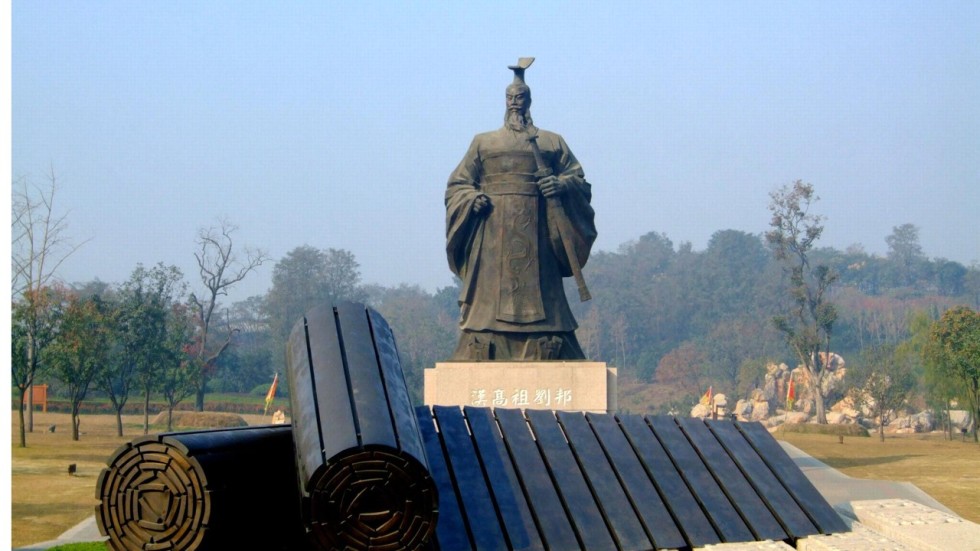Source: The World of Chinese (3/22/18)
Migrant Memorabilia
Objects and memories left in the suburban rubble
By Alexander Cecil McNab

There are few real residents left in Beneficent Temple slum. Aside from a man smoking his cigarette outside, a woman who hasn’t yet signed the relocation contract, and a few stragglers with the security guards (bao’an) knocking on their doors, it’s mostly just people like me—vultures, scavengers here to collect the ruins. I see a woman walking away with a cart full of scrap metal.
I talk to a man wrapping old electrical wires that he says he’s going sell. I am here, however, to collect something of a different sort of value: the stories of the residents that were and the objects that they’ve left behind. Continue reading Migrant memorabilia












